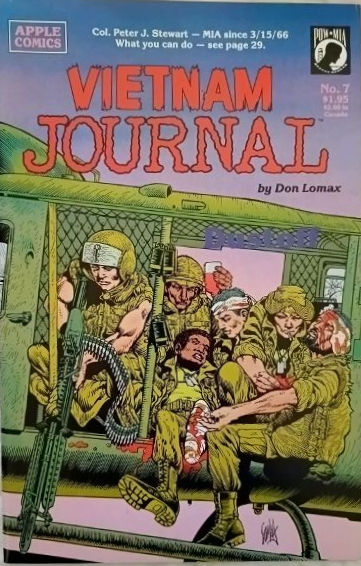Agility by a Different Measure: Creating a More Flexible U.S. Army (2000) By David E. Johnson, Jerry M. Sollinger
Since the collapse of the Berlin Wall, the U.S. Army has been asked to deploy globally for operations ranging from major war to delivering humanitarian relief supplies and protecting populations. In response, the Army's leaders understandably seek to make their forces more agile. That means, in the first instance, lightening a force whose equipment was designed at the height of the Cold War, when the large Soviet threat and forward positioning in Western Europe meant that weight—so-called strategic deployability—could be given a relatively low priority in equipment design. The current interest in a medium-weight armored vehicle reflects the Army's growing attention to lighter-weight equipment.
The Army's recent experience in various stability and support operations (SASO)[1] suggests an additional, more subtle, yet still important dimension of the search for greater agility. That is the ability to create and deploy novel combinations of Army components that in turn plug into higher headquarters in unusual ways. The Army has all of the elements needed to perform an amazing array of missions; it is truly a "full-spectrum" force in this sense. But because national strategy still focuses on preparing to fight two major theater wars, those components are organized, equipped, and trained as part of the Army's traditional warfighting hierarchy. Stability and support operations shatter that hierarchy and demand new skills and capabilities from Army leaders and their staffs. Part of becoming a more agile force thus lies in being able to adapt to different kinds of missions easily and quickly—but without compromising the essential Army mission of prosecuting conventional war. Significantly, the steps needed to facilitate these adaptations will also prepare the Army to better handle some elements of conventional war, in particular the demanding early-entry phase of major conventional conflicts.
The issue then is how to imbue the Army's structure—and by extension its doctrine and training—with sufficient flexibility so that it can respond with agility to any and all demands. And it must do so without compromising its formidable capability to prosecute conventional war, its foremost mission.
This Issue Paper explores this requirement. It begins by examining the demands imposed by recent SASO. It then describes how changes needed to facilitate such operations can also enhance the Army's capabilities in early-entry operations. Finally, it suggests some ways that the Army can respond to these demands.
- Soft Cover
- 12 pages
- In Good Condition






























